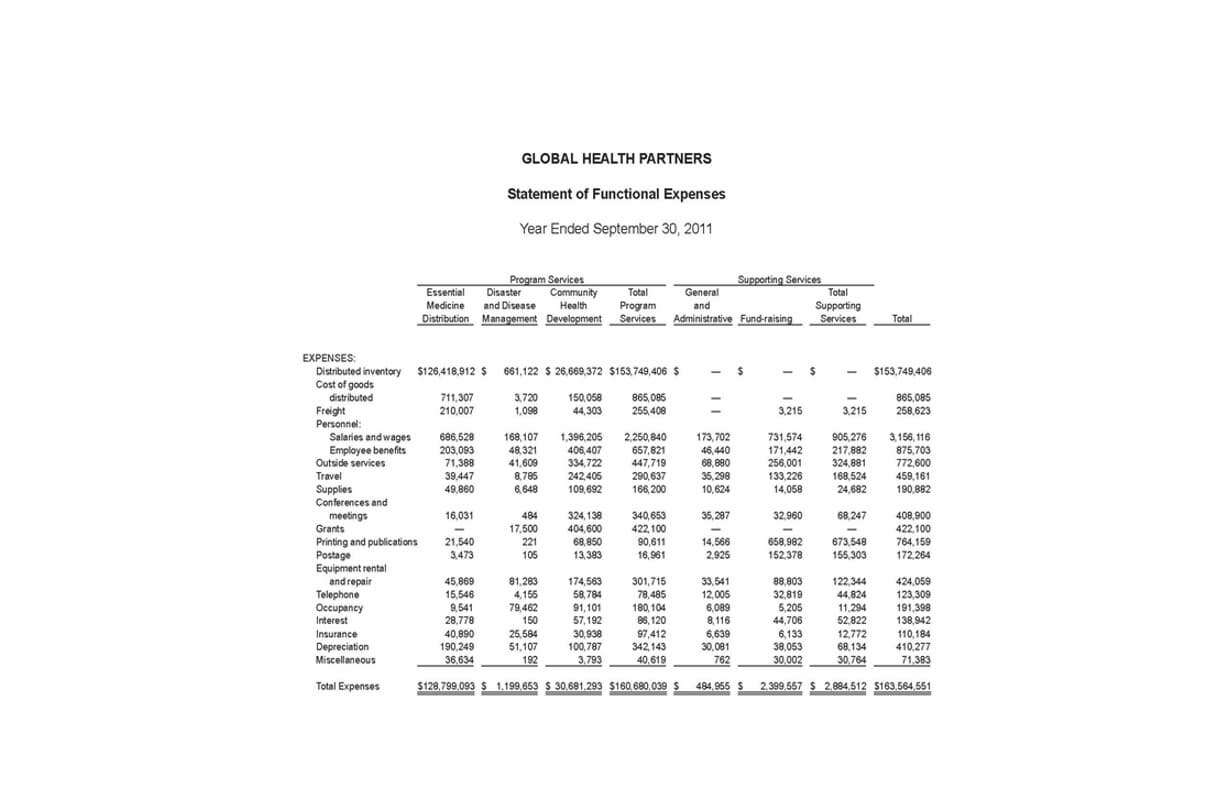The 5 Types of Financial Ratios
A good return – assets percentage is considered to be anything over 5%; a percentage below that could mean the company isn’t profitable enough. But keep in mind that an extremely high percentage may indicate another kind of issue—for example, perhaps the business isn’t investing enough in new equipment. Accounting ratios also work as an important tool in company comparison within an industry, for both the company itself and investors. A company can see how it stacks up against its peers and investors can use accounting ratios to determine which company is the better option. Key coverage ratios include the debt coverage ratio, interest coverage, fixed charge coverage, and EBIDTA coverage. Return-on-equity or ROE is a metric used to analyze investment returns.
Interest coverage is the ratio of operating profit to annual interest charges. Operating profit is used in this ratio instead of net income because operating profit is calculated excluding interest payments. The return on assets ratio is a key indicator of whether a company is using its assets well; in other words, how profitable a company is, according to its assets.
What are Financial Ratios?
Financial ratios offer entrepreneurs a way to evaluate their company’s performance and compare it other similar businesses in their industry. Of course, a ratio of 5.45 is great since it means no capital is tied up to inventories and you are using the liquidity more efficiency to run the business. Efficiency is the ability of a business to quickly turn its current assets into cash that can help the business grow. Debt to equity ratio of 4 is extremely high although we want to compare it against the previous year’s financials and the leverage of competitors as well. This is the third current ratio, less commonly used compared to the current and quick ratio.
For such reason, the liquidity on the Balance Sheet is measured by the presence of Current Assets in excess of Current Liabilities or the relationship between current assets and current liabilities. Similar to return on assets, the return on equity https://www.bookstime.com/ is a profitability ratio that is used to analyze the equity effectiveness, which, in turn, earns profits for investors. Subtract the cost of goods sold from the total revenue, and then divide by total revenue to arrive at this number.
What are the main efficiency ratios?
The ratios can also be compared to data from other companies in the industry. Small businesses can set up their spreadsheet to automatically calculate each of these financial ratios. For such reason, the Quick Ratio is going to tell us a lot about the business. On the other hand, when analyzing a manufacturing company, the efficiency ratios may tell us much more about the business.
- A company can see how it stacks up against its peers and investors can use accounting ratios to determine which company is the better option.
- The higher the ROE, the better the company is at generating profits using shareholder equity.
- For some measures, a high ratio is desirable; for others, a low ratio is desirable.
- Calculating the 15 financial ratios and reviewing your answers will improve your understanding and retention.
- Then, a company can explore the reasons certain months lagged or why certain months exceeded expectations.
Some of the important efficiency ratios include the asset turnover ratio, inventory turnover, payables turnover, working capital turnover, fixed asset turnover, and receivables turnover ratio. Companies can also use ratios to see if there is a trend in financial performance. Established companies collect data from the financial statements over a large number of reporting periods. Ratio analysis refers to the analysis of various pieces of financial information in the financial statements of a business. They are mainly used by external analysts to determine various aspects of a business, such as its profitability, liquidity, and solvency. A P/E ratio measures the relationship of a stock’s price to earnings per share.
What Are the Types of Ratio Analysis?
Therefore, when analyzing any organization, it is essential to be guided by caution. Having highlighted this point, let’s move on to dirt our hands now. In fact, on one hand, tech companies operate in a more competitive environment, where changes happen swiftly (and therefore revenues plunge quickly). In such scenario holding a safe (financial) cushion, it is more appropriate. On the other side, a meager payout ratio is less attractive for investors, who are looking for higher returns. For instance, technological companies tend to have a higher P/E ratio compared to others.

Besides his extensive derivative trading expertise, Adam is an expert in economics and behavioral finance. Adam received his master’s in economics from The New School for Social Research and his Ph.D. from the University of Wisconsin-Madison in sociology. He is a CFA charterholder as well as holding FINRA Series 7, 55 & 63 licenses. He currently researches and teaches economic sociology and the social studies of finance at the Hebrew University in Jerusalem. A higher P/E can indicate that a stock is expensive, but that could be because the company is doing well and could continue to do so.
How, why and when to use financial ratios
The last statement, the annual report, provides qualitative information which is useful to further analyze a company’s overall operational and financing activities. If one segment of the business is experiencing large outflows, in order to stay viable, the company must be generating inflows through financing or sales of assets. Before calculations can be made on certain financial indicators that establish overall performance, a financial statement analysis must occur. This ratio is a key indicator of how you are managing your inventory. Industry norms vary, but generally you should want this ratio to be low.
- In other words, decide before to start your analysis beforehand what will be the ratios that will guide you throughout your analysis.
- Although the past and the present are essential to interpret the future, they can be deceitful as well.
- They can also be used for comparison to the same ratios in other industries, for other similar firms, or for the business sector.
- Interest-coverage ratios show how well a company can handle the interest payments on its debts.
- In short, either you are a manager looking for ways to improve your business.
- On the Balance Sheet (BS) the items are listed from the most liquid (cash) to the least liquid (inventories and prepaid expenses).
- Ratios measure the relationship between two or more components of financial statements.
Although, when the P/E is too high this may be due to speculations. Through this ratio, you know that every 67 days your inventory will be turned in sales. A high inventory ratio how would you characterize financial ratios indicates a fast-moving inventory and a low one indicates a slow-moving inventory. Of course, this ratio needs to be assessed against the ratio of comparable companies.
For example, if gross profit is $80,000 and sales are $100,000, the gross profit margin is 80%. The higher the gross profit margin, the better, as it indicates that a company is keeping a higher proportion of revenues as profit rather than expenses. Analyzing accounting ratios is an important step in determining the financial health of a company. It can often point out areas that are bringing the profitability of a company down and therefore need improvement. The efficacy of new management plans, new products, and changes in operational procedures, can all be determined by analyzing accounting ratios.
Of which $80K are liquid assets, the remaining portion is inventory. Of course, a clothing store or specialty food store will have a much higher current ratio. Each of those aspects it’s essential for a business’s sustainable short and long-term growth. Also, if you want to know more about one company you have to analyze it in comparison with other companies which present the same characteristics, such as industry, geography, customers, and so on. Many of these ratios are already performed for you and displayed on financial websites.
Important solvency ratios include the debt to capital ratio, debt ratio, interest coverage ratio, and equity multiplier. Solvency ratios are mainly used by governments, banks, employees, and institutional investors. Some of these assets might be better used to invest in the company or to pay shareholder dividends. In fact, while the liquidity ratios help us to evaluate in the very short term the health of a business, the solvency ratios have a broader spectrum. In financial statement analysis, a business’s income statement is investigated to determine overall present and future profitability. The four statements that are extensively studied are a company’s balance sheet, income statement, cash flow statement, and annual report.

